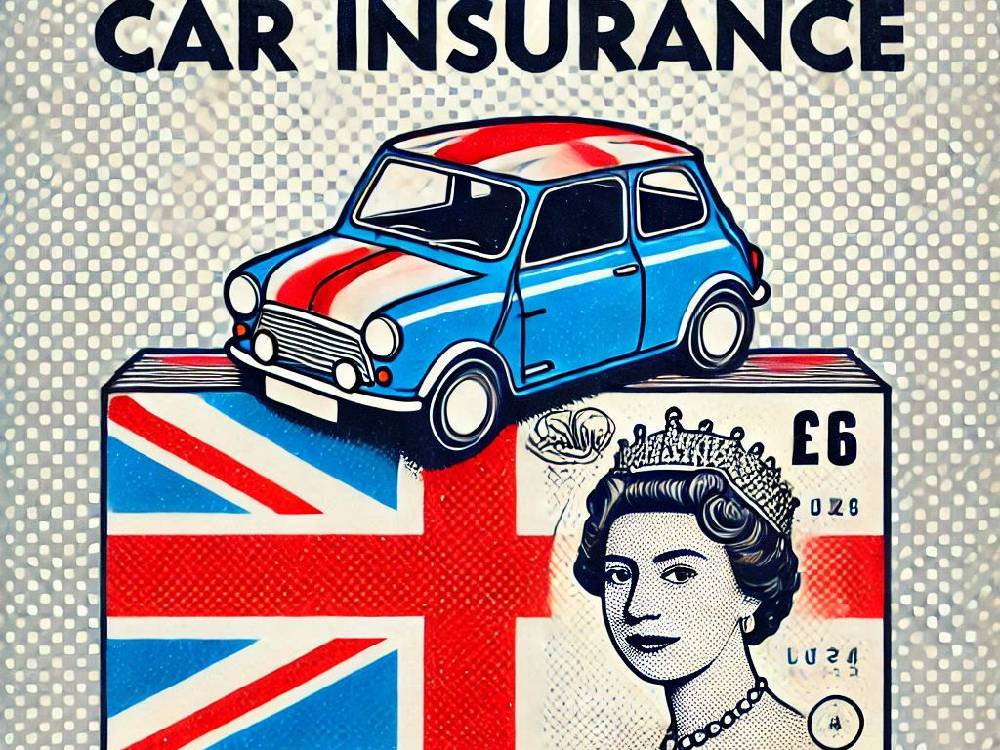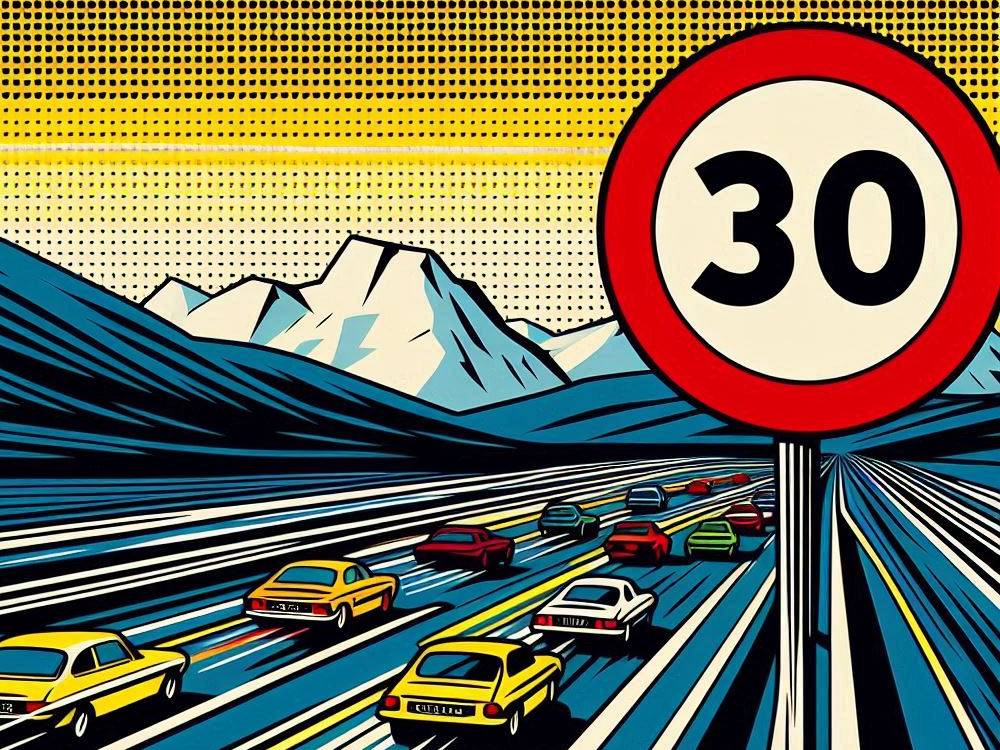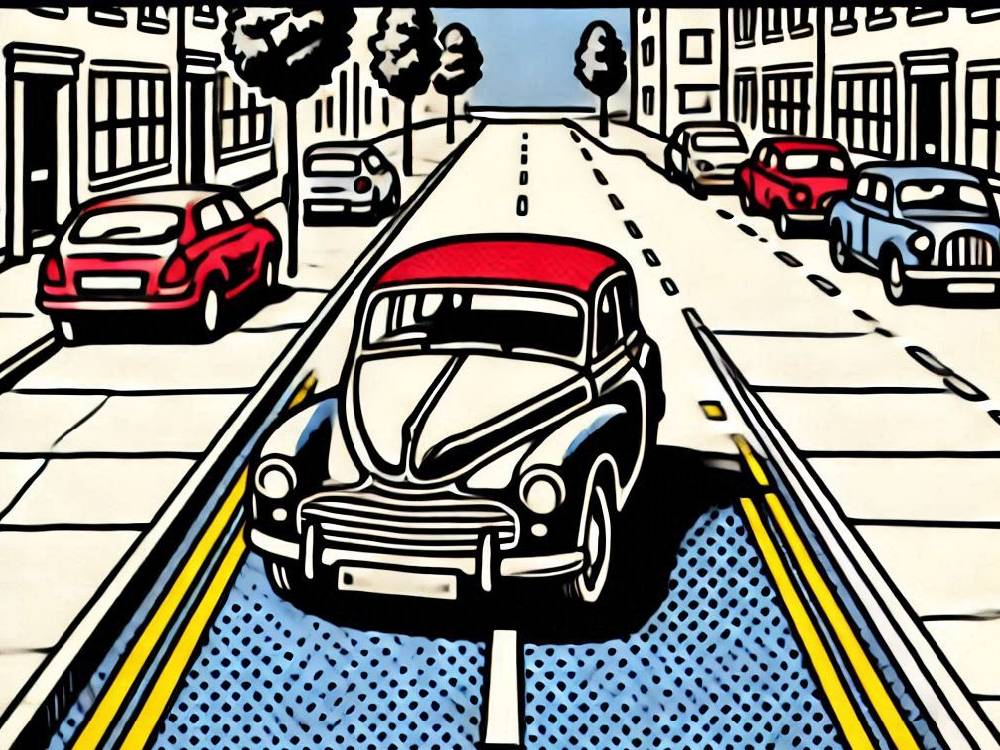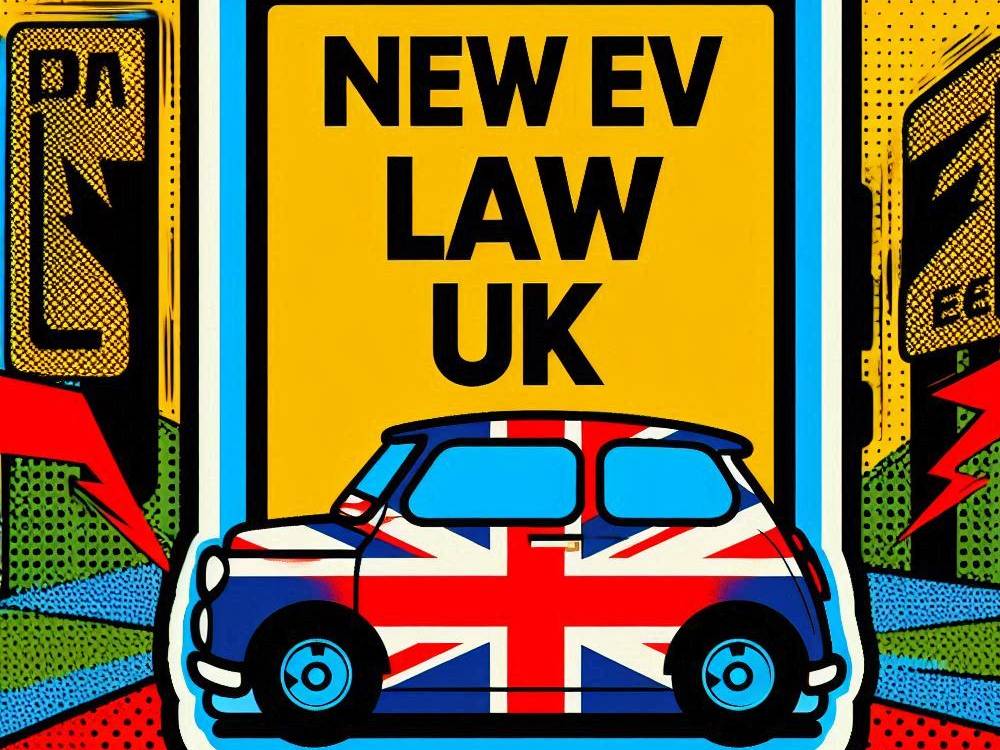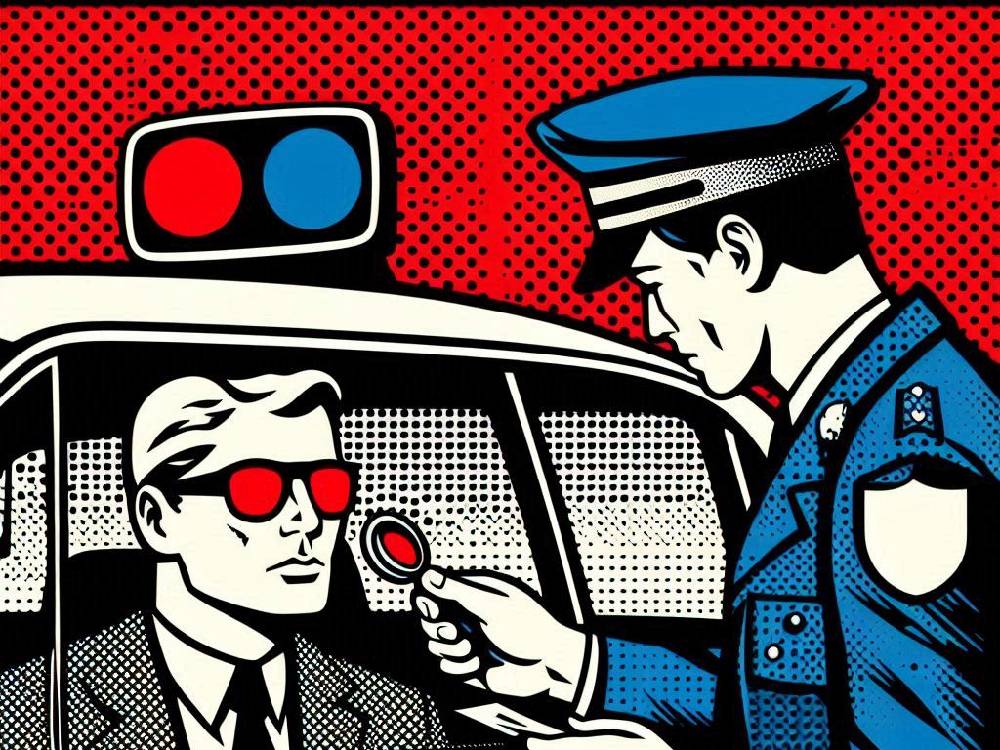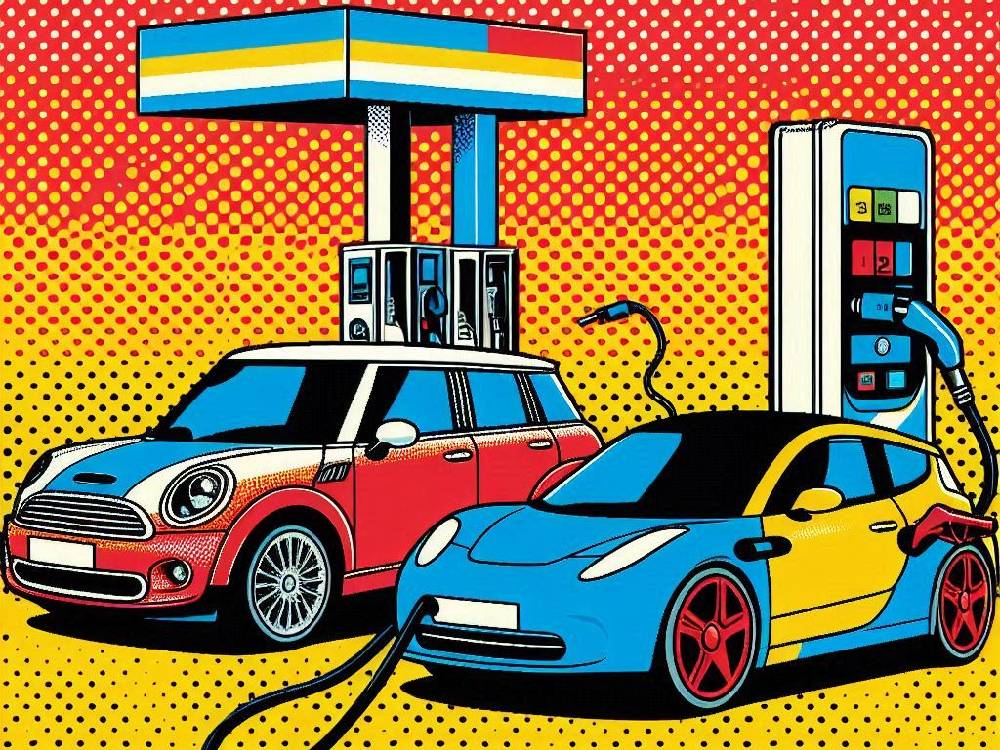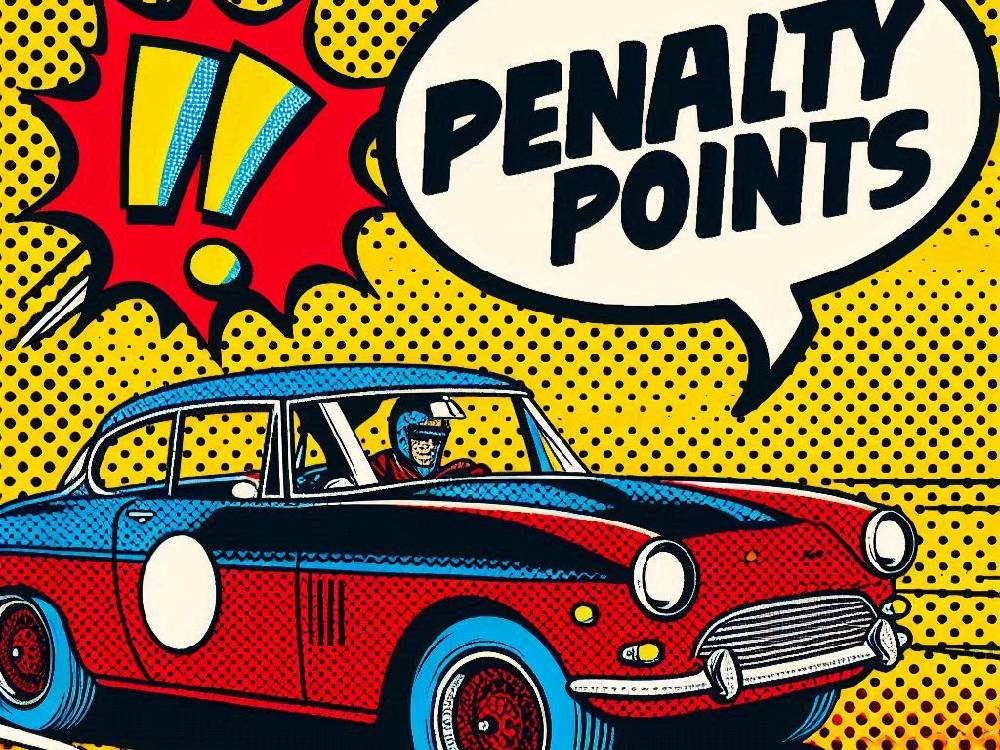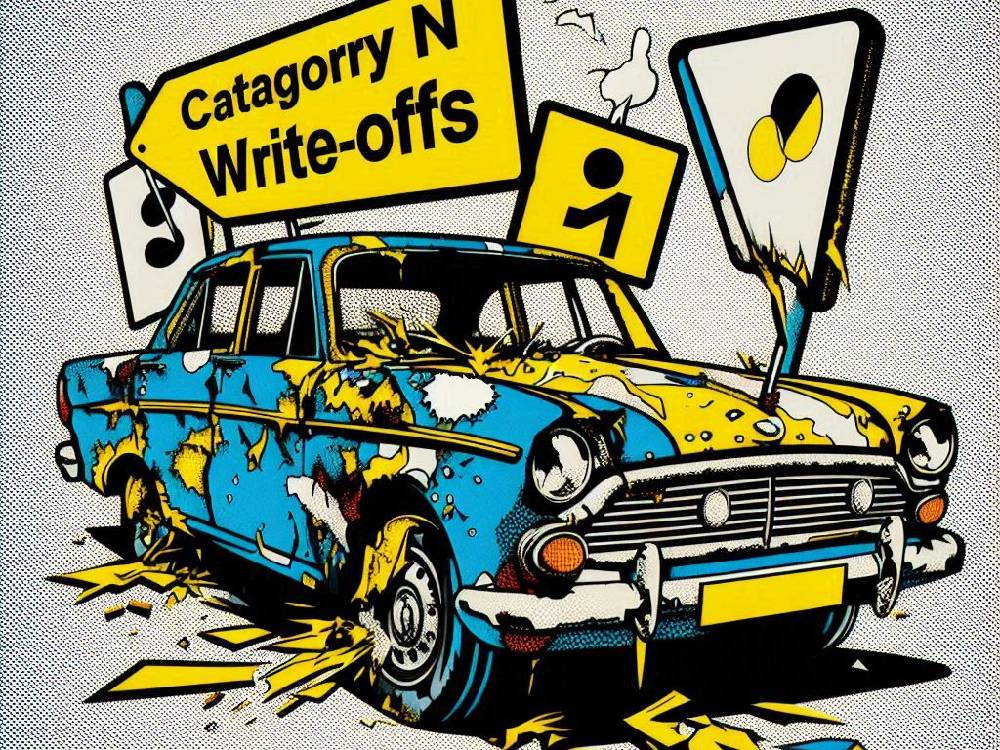Introduction
Driving in snow isn’t just tricky—it can be dangerous.
Winter weather in the UK creates unpredictable road conditions that challenge even experienced drivers.
But here’s the question:
Does your car insurance still cover you in snowy conditions?
The answer isn’t always straightforward.
Snow, ice, and adverse weather can impact your safety—and your insurance policy.
Let’s dive into everything you need to know to stay protected this winter.
How To Find Out If You’re Covered For Snow Conditions
Winter driving comes with risks.
Fortunately, most car insurance policies still protect you in snowy weather.
But here’s the catch:
You need to follow certain rules to ensure your coverage remains valid.
Most insurers require drivers to act responsibly and within the law during adverse weather.
Don’t Assume—Check Your Policy
Have you read the fine print of your car insurance policy?
If not, now’s the time to check.
Policies can differ between insurers, and some might have specific exclusions for snow-related incidents.
For instance, your insurer may require you to fit winter tyres or avoid driving in certain weather conditions.
Take action now:
Review your policy documents or contact your insurer to confirm your coverage.
If you’re unsure, visit our guide on How Do I Check If My Car Is Insured?
Negligence Can Cost You
Your car insurance may technically cover accidents caused by snow.
But here’s the problem:
Negligence can lead to a denied claim.
If you ignore amber or red weather warnings and end up in an accident, your insurer might refuse to pay out.
Explore more about What Can Invalidate Your Car Insurance.
The Role Of Snow Weather Warnings
Weather warnings matter more than you think.
The Met Office issues amber and red alerts for severe conditions like heavy snow.
Driving during these warnings could put your safety—and your insurance coverage—at risk.
Even if your policy includes snow coverage, insurers may argue that you acted recklessly by driving in dangerous conditions.
Social Media Can Work Against You
In today’s world, nearly everyone has a smartphone.
That means your actions on the road can easily be recorded.
Imagine this:
You drive through heavy snow, ignore warnings, and get into an accident.
Someone captures your risky driving on video and uploads it online.
Your insurer could use this footage as evidence of negligence—and deny your claim.
Don’t let social media work against you.
For tips on safer driving, check out 5 Ways to Save Money and Stay Insured.
Key Risks That Can Invalidate Your Insurance
Car insurance doesn’t automatically protect you in every situation.
Certain actions can invalidate your coverage, especially in snowy conditions.
Here’s what you need to avoid.
Driving Negligently
Negligence is a major red flag for insurers.
Driving during red weather warnings or ignoring road closures could put your claim at risk.
Remember this:
Insurers expect drivers to act reasonably, even in adverse conditions.
If they believe you failed to take necessary precautions, your claim could be denied.
Leaving Your Car Unattended
Ever left your engine running to defrost your car?
It might seem harmless, but it’s a big mistake.
Most insurers include a “duty of care” clause in their policies.
If your car is stolen while unattended, you could lose your claim entirely.
Find out more about Avoiding Common Insurance Mistakes.
Driving Without Clearing Snow
Snow on your roof or windscreen isn’t just dangerous—it could also be illegal.
Here’s why:
If snow falls off your car and causes an accident, you might face legal consequences.
Even worse, your insurer could refuse to cover the damages.
Before you drive, make sure your vehicle is completely clear of snow and ice.
Discover more on Essential Car Insurance Rules for Winter.
Tips To Stay Insured While Driving In Snow
Driving in snow requires not only skill but also careful preparation.
Fortunately, there are straightforward steps you can take to ensure your car insurance remains valid.
Let’s explore them.
1. Avoid Defrosting Your Car The Wrong Way
First and foremost, never leave your engine running while unattended.
Although it may seem convenient, doing so could invalidate your insurance.
But why does this matter?
Most insurers include a “duty of care” clause, which means you’re responsible for ensuring your car is secure.
If your car is stolen while defrosting, your insurer might refuse to pay out.
Instead, stay with your vehicle and use proper tools to defrost the windscreen.
2. Clear Snow And Ice Properly
Next, let’s talk about snow clearance.
Failing to remove snow from your car might seem like a minor oversight, but it could lead to significant consequences.
For instance:
If snow falls from your roof while driving, it could obstruct another driver’s view, causing an accident.
Moreover, the Highway Code requires all windows, mirrors, and lights to be clear before you set off.
Therefore, taking the time to clear your car ensures safety and protects your insurance from being invalidated.
Check out our guide on Avoiding Fines and Staying Insured.
3. Respect Weather Warnings
In addition, paying attention to weather warnings is essential.
Amber and red weather alerts are issued for severe conditions, such as heavy snow or ice.
Ignoring these warnings not only puts your safety at risk but also jeopardises your insurance coverage.
But here’s the catch:
Even if your insurance technically remains valid during severe weather, insurers may argue negligence if you disregard official advice.
Instead, ask yourself:
Is it truly necessary to drive during extreme weather conditions?
If not, staying home is often the best choice.
Debunking Myths About Snow And Insurance
Now that we’ve covered the essentials, let’s address some common myths about car insurance during snow.
Myth 1: Insurance Is Automatically Invalid During Red Warnings
One common misconception is that insurance becomes void during red weather warnings.
However, this isn’t true.
Your insurance remains valid as long as you drive within the law and act responsibly.
But don’t forget:
Reckless driving or ignoring advice could still complicate your claim.
Myth 2: Minor Negligence Won’t Matter
Another myth is that small acts of negligence are insignificant.
For example, many drivers believe it’s fine to leave snow on the roof or fail to clear their windscreen entirely.
In reality, even minor oversights can lead to accidents—and invalidate your insurance.
Myth 3: All Policies Automatically Cover Snow Driving
Lastly, some assume that every car insurance policy includes full coverage for snowy conditions.
While most policies do offer protection, certain exclusions or additional requirements, such as winter tyres, may apply.
To avoid surprises, always review your policy and contact your insurer if you’re unsure.
Conclusion
Winter driving doesn’t have to be a hassle.
By preparing ahead of time, you can stay safe—and ensure your insurance remains valid.
To summarise:
- Check your policy to confirm snow coverage.
- Avoid negligent behaviour, like ignoring weather warnings or leaving your car unattended.
- Clear all snow and ice from your vehicle before driving.
By following these steps, you’ll not only protect your insurance but also reduce risks on the road.
For more advice, check out these related articles:
Stay safe, drive cautiously, and enjoy the peace of mind that comes with being prepared.


